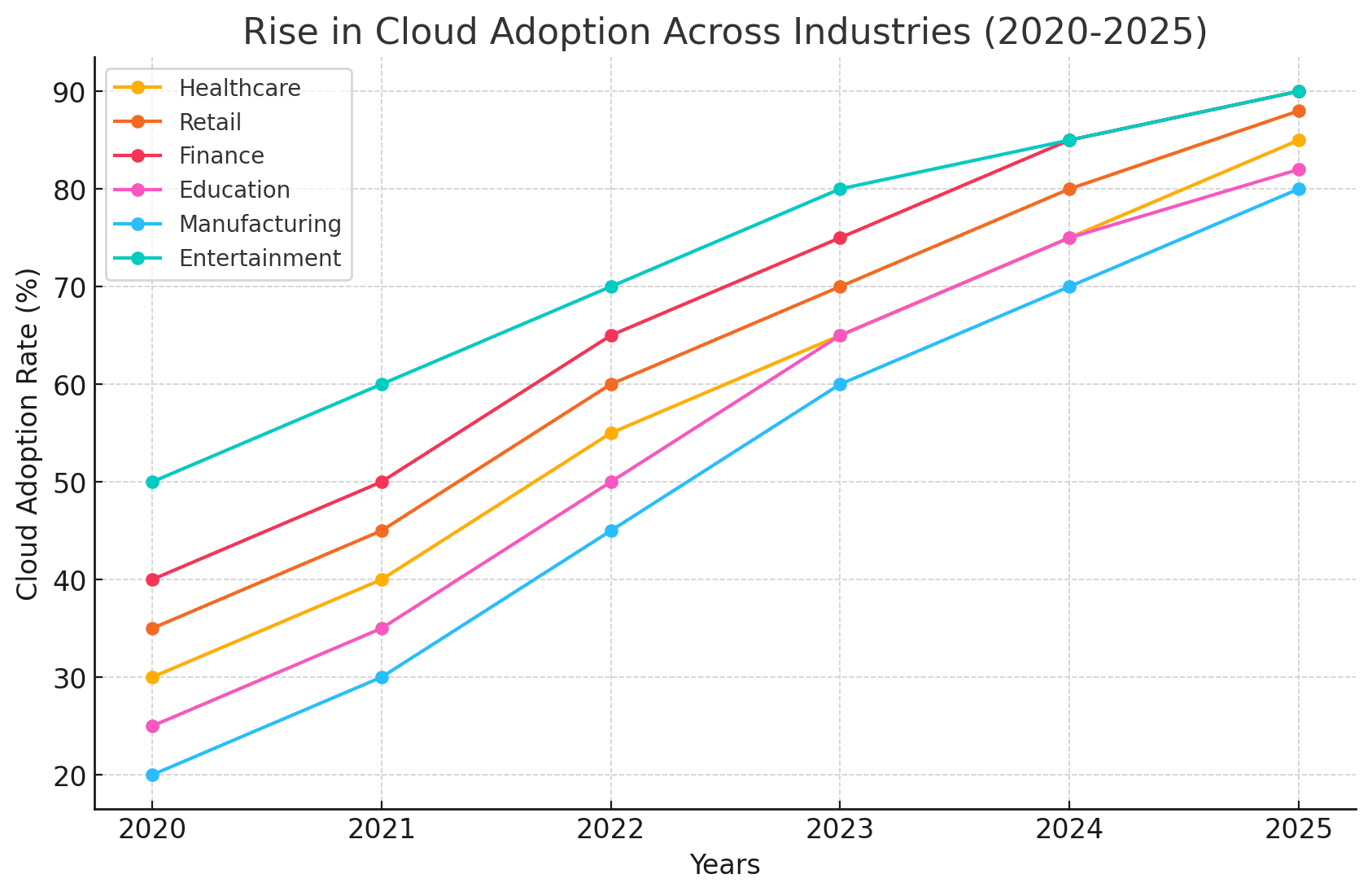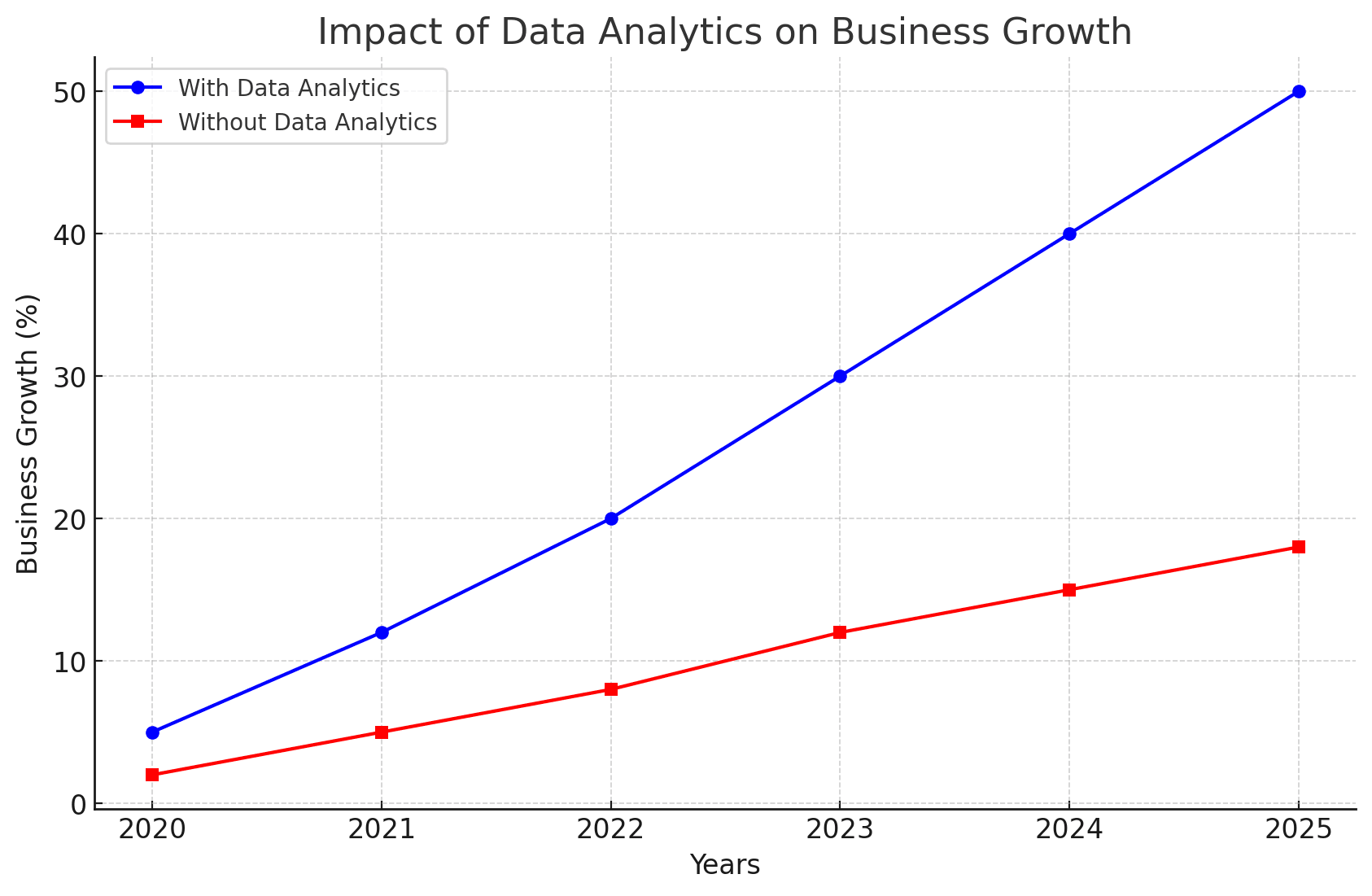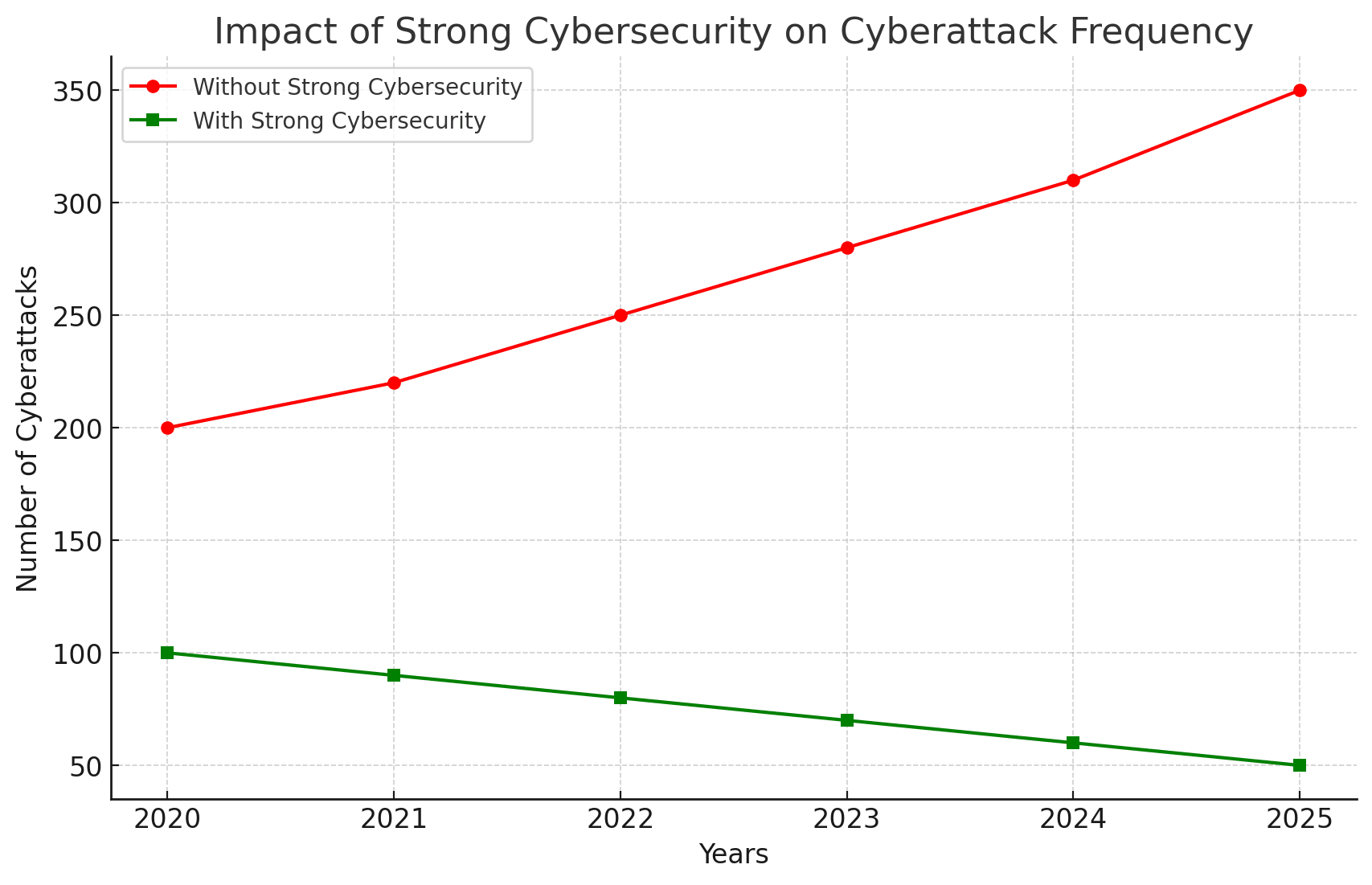The digital age is here, and businesses across industries are embracing digital transformation to stay competitive, enhance customer experiences, and streamline operations. IT plays a crucial role in this transformation, as it enables organizations to adopt new technologies, processes, and strategies to drive innovation and growth. Whether it's through the implementation of cloud computing, the use of big data analytics, or the adoption of AI and automation, IT is at the core of digital transformation.
What is Digital Transformation?
Digital transformation is the process of integrating digital technologies into all aspects of a business to fundamentally change how it operates and delivers value to customers. This involves adopting technologies such as cloud computing, data analytics, artificial intelligence (AI), machine learning (ML), and the Internet of Things (IoT), which allow businesses to improve their processes, enhance customer interactions, and innovate faster.
IT is the backbone of digital transformation, as it provides the tools and infrastructure needed to enable these technologies and drive operational changes.

The Role of IT in Digital Transformation
As businesses strive to meet the challenges of the digital age, IT functions as a key enabler for successful digital transformation. Below, we’ll discuss some of the key areas where IT is making a significant impact.
1. Enabling Cloud Adoption
Cloud computing has been a game-changer for businesses, enabling them to scale operations, reduce infrastructure costs, and increase collaboration. IT teams are responsible for selecting, deploying, and managing cloud solutions that align with a company’s specific needs. The shift to the cloud has become a key component of digital transformation, as it allows businesses to access resources on-demand, increase flexibility, and improve efficiency.

Example:
A retail company that traditionally used on-premise infrastructure for its operations can migrate to the cloud to manage customer data, inventory, and transactions. This shift not only reduces costs but also improves scalability, as the company can now expand its operations seamlessly without worrying about infrastructure limitations.
2. Leveraging Data and Analytics
Data is a key driver of digital transformation, as it provides insights into customer behavior, operational efficiency, and market trends. IT teams play a pivotal role in collecting, storing, and analyzing data to generate actionable insights. By integrating data analytics tools, businesses can make more informed decisions, optimize processes, and create personalized customer experiences.
Data-driven decision-making helps businesses gain a competitive edge by enabling faster responses to market shifts, identifying new opportunities, and improving customer service.

Case Study: Netflix
Netflix is a prime example of how leveraging data analytics can drive digital transformation. The company uses advanced algorithms to analyze user behavior and recommend content tailored to individual preferences. This not only enhances the user experience but also helps Netflix retain subscribers and increase engagement.
3. Automation and Artificial Intelligence (AI)
Automation and AI are key technologies driving digital transformation by increasing efficiency, reducing human error, and enhancing productivity. IT teams are responsible for implementing AI-powered solutions that automate routine tasks, optimize workflows, and improve decision-making. For example, AI can be used in customer support with chatbots that respond to queries, or in marketing with automated campaigns based on customer behavior.
Example:
A manufacturing company can adopt AI-powered robotics to automate assembly lines, significantly reducing production times and increasing output. This allows employees to focus on more strategic tasks, such as process improvement and innovation.
4. Enhancing Customer Experience with Digital Tools
In the digital age, customer experience is paramount. IT plays a vital role in helping businesses create digital touchpoints that allow customers to engage with their brands seamlessly across multiple platforms. Whether it’s through mobile apps, websites, or social media, IT enables businesses to build omnichannel experiences that provide personalized, real-time interactions.
Example:
A financial institution can develop a mobile app that allows customers to access their accounts, transfer funds, and receive personalized financial advice, all through a user-friendly interface. By leveraging IT infrastructure and technologies like cloud computing, the company can scale this digital platform to handle millions of transactions.
5. Ensuring Cybersecurity and Data Protection
As businesses adopt digital tools and technologies, the need for robust cybersecurity measures becomes even more critical. IT teams are responsible for implementing security protocols, monitoring threats, and ensuring compliance with data protection regulations. Cybersecurity is a crucial aspect of digital transformation, as businesses need to protect sensitive data and maintain customer trust.

Case Study: Target
In 2013, Target suffered a major data breach that exposed the personal information of millions of customers. Since then, the company has invested heavily in upgrading its IT infrastructure and cybersecurity measures to prevent similar incidents. This transformation has helped rebuild trust with customers and safeguard sensitive data.
Key Challenges in Digital Transformation
While IT plays a crucial role in driving digital transformation, businesses face several challenges as they embark on this journey:
- Resistance to Change: Employees may resist adopting new technologies or workflows, which can slow down the transformation process. IT teams must work closely with leadership to foster a culture of innovation and provide the necessary training.
- Integration of Legacy Systems: Many businesses still rely on legacy IT systems that may not integrate well with modern technologies. IT departments need to find ways to either modernize these systems or implement new solutions that can work seamlessly with them.
- Data Privacy and Compliance: With the increasing amount of data being generated, businesses must ensure they comply with data protection regulations such as GDPR. IT departments need to implement secure data storage and management practices to avoid legal and reputational risks.
- Cost and Resource Allocation: Digital transformation requires significant investment in technology and talent. Businesses need to allocate sufficient resources to ensure successful implementation and long-term sustainability.
Conclusion: IT as the Catalyst for Business Evolution
Digital transformation is a vital step for businesses looking to thrive in the digital age. IT plays a pivotal role in enabling the adoption of cutting-edge technologies such as cloud computing, data analytics, AI, and automation. By leveraging these tools, businesses can streamline operations, enhance customer experiences, and gain a competitive edge in the market.
However, the journey to digital transformation is not without challenges. Businesses must invest in modernizing their IT infrastructure, overcoming resistance to change, and ensuring robust cybersecurity measures. IT teams must work alongside other departments to drive a culture of innovation, ultimately enabling the business to evolve and thrive in the digital age.
FAQs
IT enables businesses to build digital touchpoints such as mobile apps, websites, and online customer support, creating an omnichannel experience. IT also helps in personalizing customer interactions by leveraging data analytics to understand preferences and deliver tailored services.
Common challenges include resistance to change, the integration of legacy systems, data privacy and compliance issues, and the cost of implementing new technologies. Overcoming these challenges requires strong leadership, effective change management, and careful resource allocation.
Businesses can ensure data security by implementing robust cybersecurity measures, including encryption, multi-factor authentication, and regular vulnerability assessments. IT departments should also stay updated on data protection regulations and adopt best practices for secure data storage and handling.
Cloud computing provides businesses with the flexibility to scale their operations, reduce infrastructure costs, and improve collaboration. It enables businesses to store and access data remotely, making it easier to adopt new technologies and support digital transformation initiatives.





